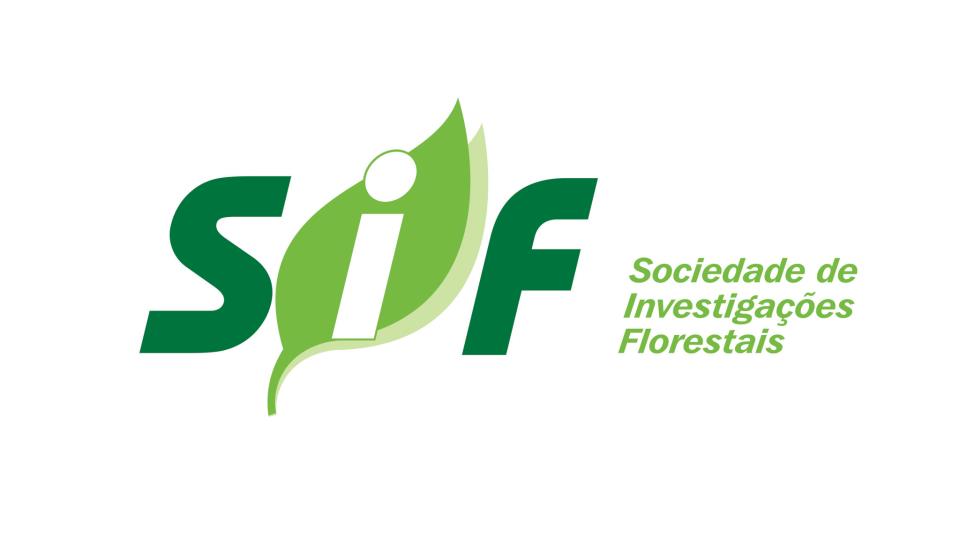Biblioteca Florestal
Digital
Digital
Building fuel models and simulating their surface fire behavior in the “Serra de Itabaiana” National Park, Sergipe, Brazil

JavaScript is disabled for your browser. Some features of this site may not work without it.
| dc.contributor.author | White, Benjamin Leonardo Alves | |
| dc.contributor.author | Ribeiro, Adauto Souza | |
| dc.contributor.author | Ribeiro, Genésio Tâmara | |
| dc.contributor.author | Souza, Rosemeri Melo | |
| dc.date.accessioned | 2015-07-13T18:54:54Z | |
| dc.date.available | 2015-07-13T18:54:54Z | |
| dc.date.issued | 2013-01 | |
| dc.identifier.citation | WHITE, B. L. A. et al. Building fuel models and simulating their surface fire behavior in the “Serra de Itabaiana” National Park, Sergipe, Brazil. Floresta, Curitiba, v. 43, n. 1, p. 27-38, jan./mar. 2013. | pt_BR |
| dc.identifier.issn | 1982-4688 | |
| dc.identifier.uri | http://www.bibliotecaflorestal.ufv.br:80/handle/123456789/14625 | |
| dc.description.abstract | The objectives of this research were, for scientific and management purposes, to build fuel models and simulate their fire behavior. Three different vegetation types (shrublands, grass fields and tropical forests) of the “Serra de Itabaiana” National Park were analyzed. The fuel models were developed by destructive sampling and the collected data was inserted in the software “BehavePlus 5.0”. The results revealed that the fuel model for the shrublands presented the longest flame length, the highest fireline intensity and the greatest heat release per unit area. The fuel model for the grass fields presented the fastest surface rate of spread; and the fuel model for the tropical forests the lower fire intensity. | pt_BR |
| dc.description.abstract | Este estudo foi desenvolvido com o objetivo de construir modelos de material combustível para três diferentes formações vegetacionais (florestas arbustivas, campos graminosos e florestas tropicais), localizadas dentro do Parque Nacional Serra de Itabaiana, e simular o comportamento do fogo dentro dessas fitofisionomias, para efeitos de pesquisa e manejo. Para tal, modelos foram construídos através de amostragem destrutiva e os dados coletados inseridos no programa "BehavePlus 5.0". De acordo com os resultados, o modelo para as florestas arbustivas apresentou o maior comprimento de chamas, a maior intensidade do fogo e a maior quantidade de energia liberada por unidade de área. O modelo para os campos graminosos apresentou maior velocidade de propagação do fogo e, no modelo para as florestas tropicais, o fogo simulado apresentou menor intensidade. | pt_BR |
| dc.format | 12 páginas | pt_BR |
| dc.language.iso | en | pt_BR |
| dc.publisher | Fundação de Pesquisas Florestais do Paraná | pt_BR |
| dc.relation.ispartofseries | Floresta:v.43,n.1; | |
| dc.subject.classification | Ciências Florestais::Meio ambiente::Incêndios florestais | pt_BR |
| dc.title | Building fuel models and simulating their surface fire behavior in the “Serra de Itabaiana” National Park, Sergipe, Brazil | pt_BR |
| dc.title | Construindo modelos de material combustível e simulando o seu comportamento de fogo no Parque Nacional Serra de Itabaiana, SE | pt_BR |
| dc.type | Artigo | pt_BR |
Arquivos deste item
| Arquivos | Tamanho | Formato | Visualização | |
|---|---|---|---|---|
| Revista_Floresta_v43_n1_p27-38_2013.pdf | 300.2Kb |

|
Visualizar/ |
|





